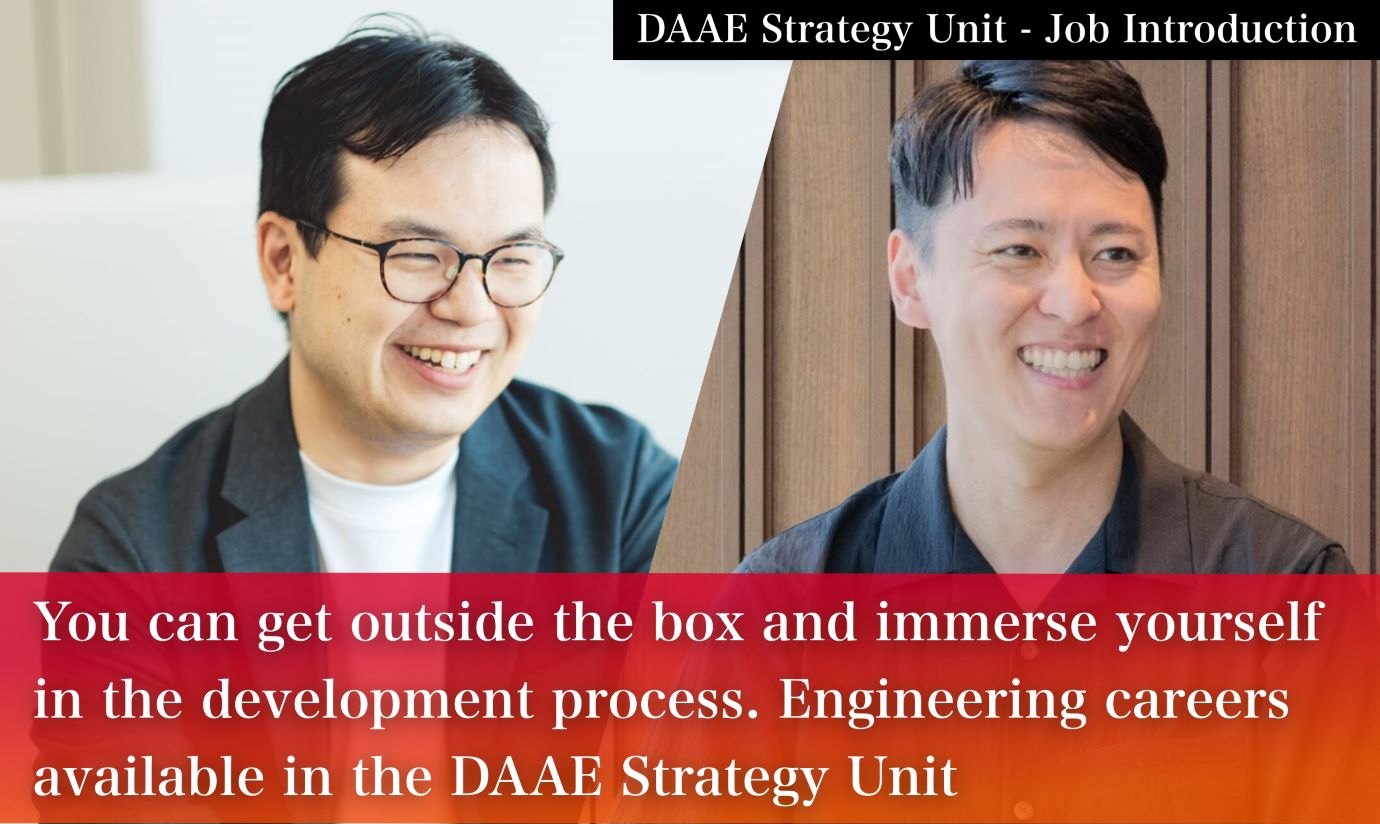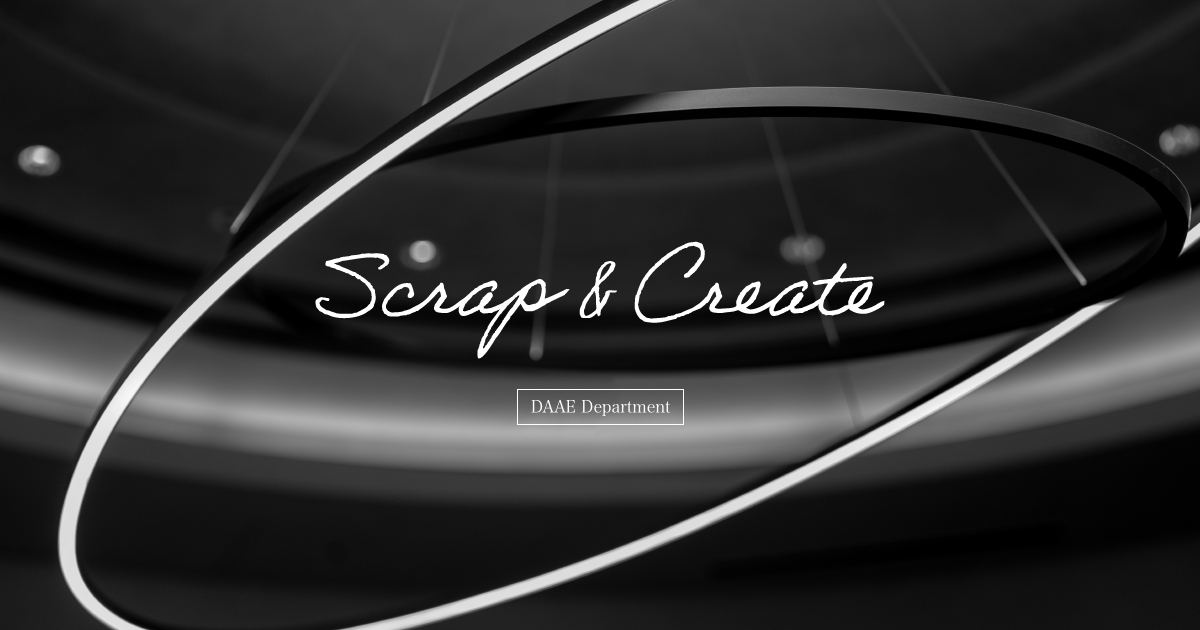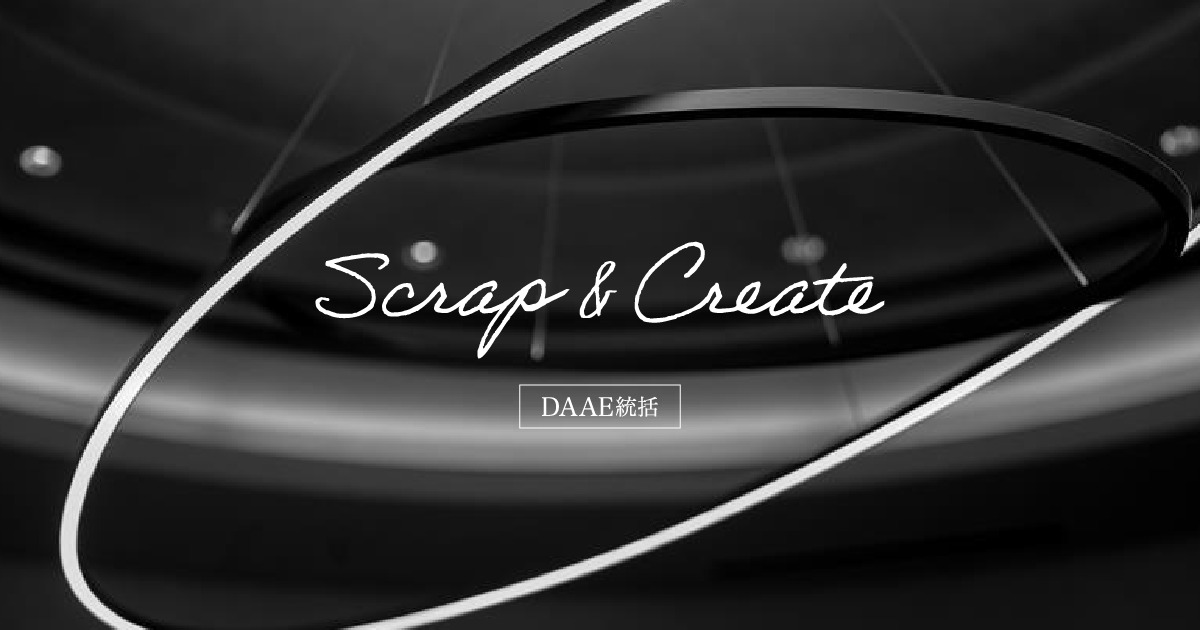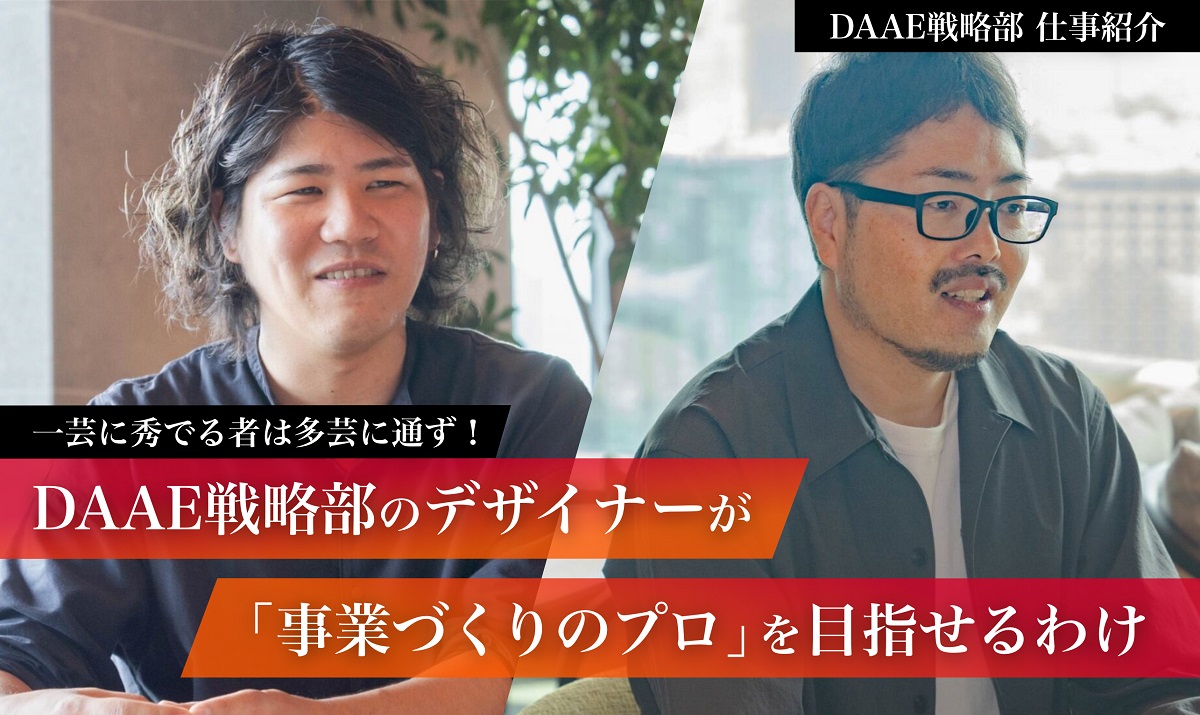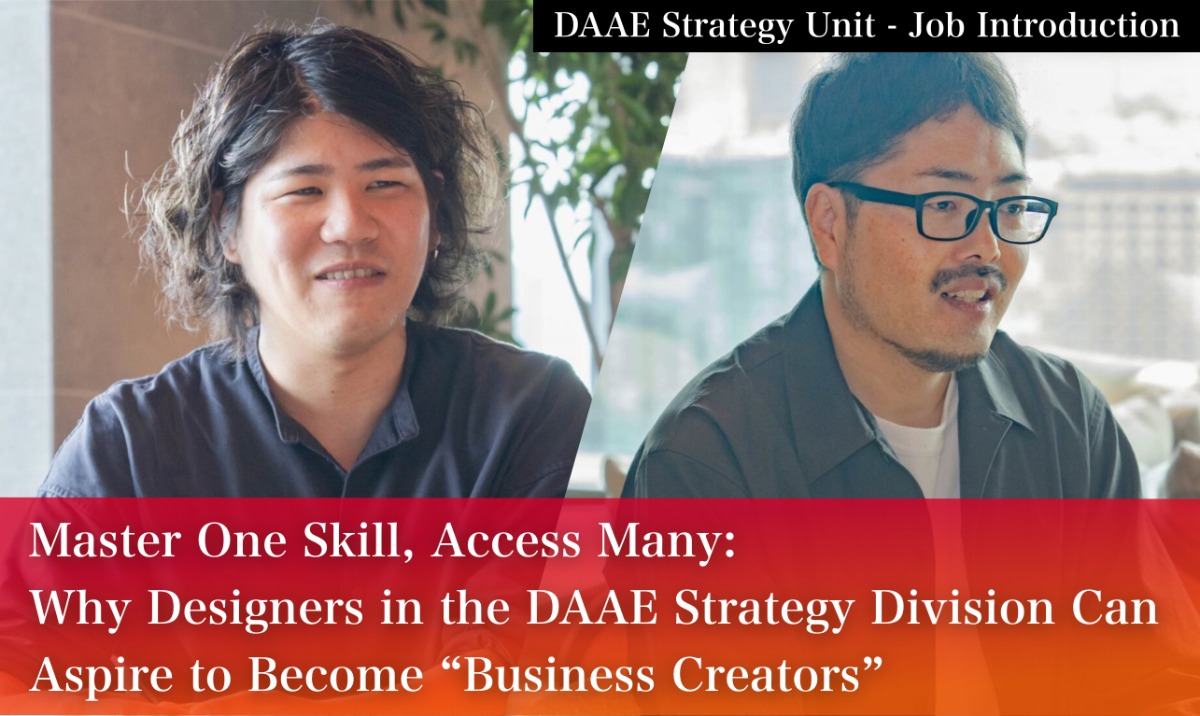
Master One Skill, Access Many: Why Designers in the DAAE Strategy Unit Can Aspire to Become “Business Creators”
Within SHIFT, the DAAE Strategy Unit stands out for driving the development of in-house products with the goal of building services that sell.
In a company where client support is the main business, DAAE plays a unique role with the mindset of a true business entity.
DAAE stands for Design, Agility, Assembly, and Economic quality—a name that reflects its mission to rapidly and expertly create new businesses.
Its members include project managers (PMs), product managers (PdMs), engineers, sales professionals, and designers.
“It’s really satisfying to be able to say, ‘I made this.’”
So says one of two designers at the heart of this conversation.
What becomes clear as they talk about their work is that their role goes far beyond that of a conventional designer—more like “mini CEOs” focused on business creation.
We sat down with two such designer-business creators for an inside look at what DAAE is really about.
-
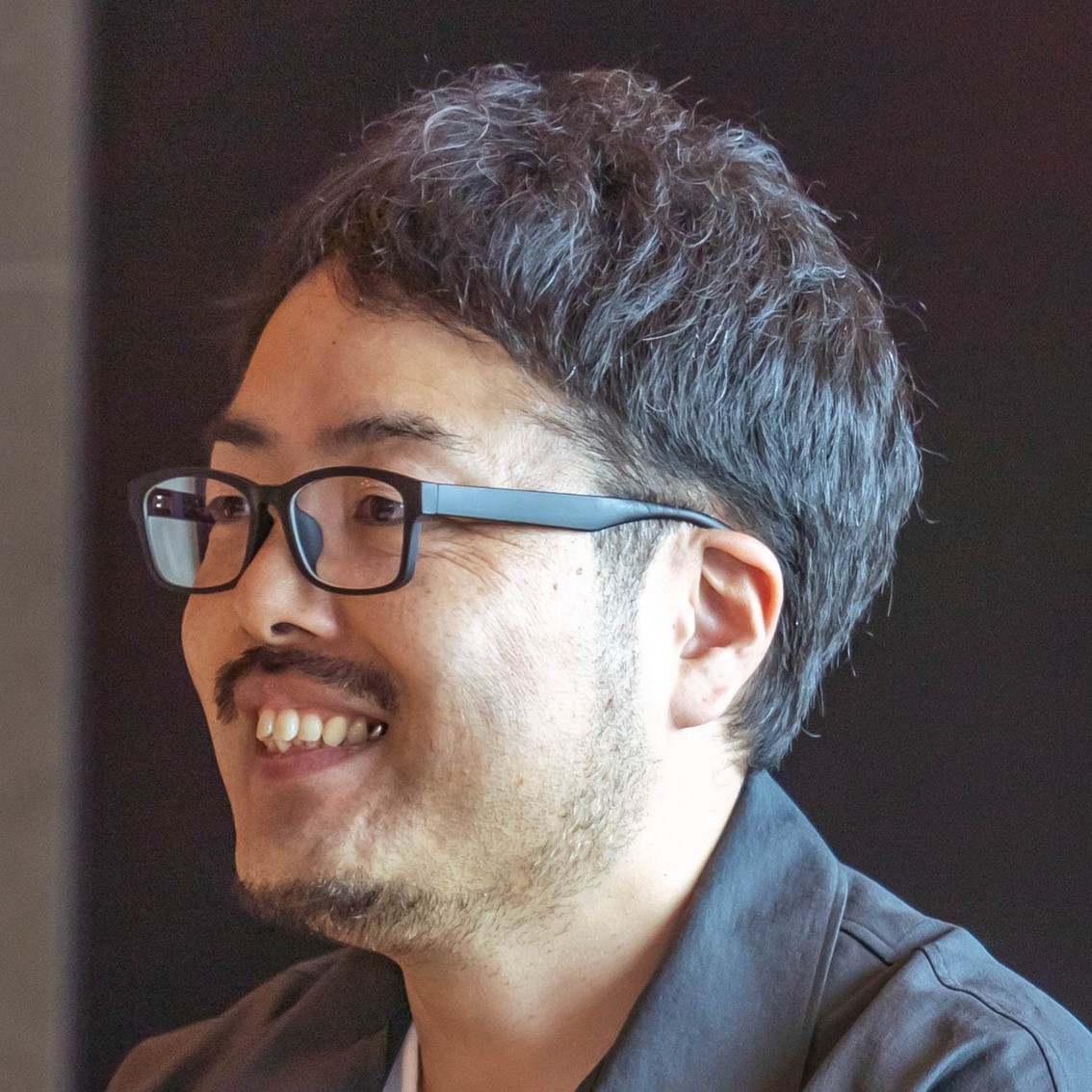
DAAE Strategy Unit, DAAE Group, Fuchigami
After working as a graphic designer and art director, he served as a creative director at ad agencies and business firms. He’s been involved in branding and marketing for corporate, business, product, and service development from strategy to execution. With creative experience across media—print to digital, 2D to 3D, video to spatial design—he proposes and executes solutions with a neutral mindset, driving business and transforming value.
-
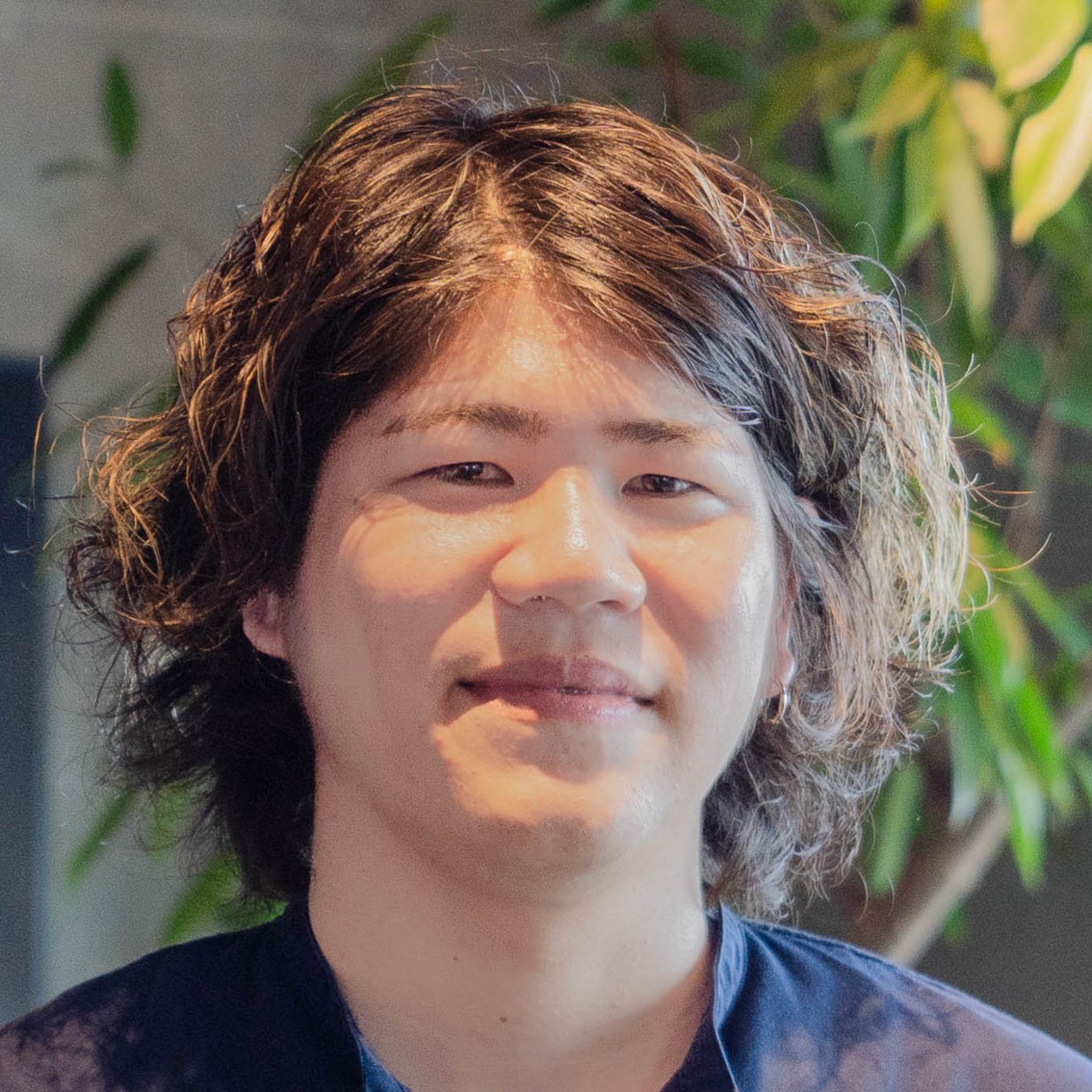
DAAE Strategy Unit, DAAE Group, Uechi
After graduating university, he worked in advertising across branding, marketing, and creative (including packaging, web, and commercials). He joined SHIFT in October 2022 and now serves as a creative director within DAAE. He leads the “treev” project with Chubu Electric Power Miraiz Co., Inc. (SHIFT’s press release) and supports launches of new SHIFT services as well as PR and IR efforts.
Table of Contents
It’s All About Crossing Boundaries
Q: This is a special interview with design/creative specialists from DAAE. Before we dive into specifics, how would you define “design” in the context of DAAE?
Uechi: That’s a pretty tough question to start with! [laughs] It varies from person to person, but within DAAE, design requires perspectives from creativity, business, and technology.
Fuchigami: People typically think of designers as having creative and operational viewpoints, mainly focused on delivering visual output.
It’s a world where you’re judged by how well your designs sell—“good design” means more work.
But DAAE functions like a business entity. The focus shifts to business perspectives, and the role becomes about how to generate value from design.
It’s less about the quality or volume of design, and more about the capabilities and actions needed to build services that sell. That’s the core of what design means here.
Q: Sounds like you’re also acting as PdMs.
Fuchigami: Exactly—it’s all about how much you can cross boundaries and step outside your role. Fortunately, DAAE doesn’t impose strict rules, so it’s easy to move across functions.
Uechi: It’s important to proceed strategically from the user’s perspective while also focusing on branding. When it’s time to build, we need to speak the developer’s language to avoid unrealistic designs.
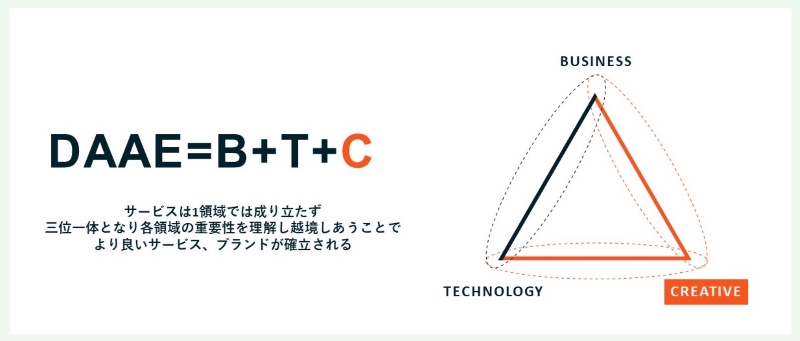
A Division Directly Under Executives Aiming to Launch 100 New Businesses
Q: What kinds of projects are you currently working on?
Fuchigami: I’ve only been here about six months, but I mainly work on “Wasurenai,” a centralized SaaS management tool. I handle everything from UI/UX design to feature planning and LP renewal.
I’m also involved with our in-house video recruitment tool, a project with Japan Heart, and efforts to systematize designer hiring and evaluations.
Uechi: While DAAE usually focuses on internal business creation, I mainly handle client work—currently supporting Chubu Electric Power Miraiz’s EV charging business, “treev.”
In addition, I’m working on the new “Jousys Camp” service, the Japan Heart project (alongside Fuchigami), and SHIFT’s PR, IR, and recruitment efforts.
Q: That’s a broad scope! What drew you both to SHIFT?
Fuchigami: My background is in advertising—everything from mass media to spatial design. Through working on new business launches, I realized how essential creative professionals are to business creation.
Wanting to challenge myself more and be in a startup-like phase, I found SHIFT. The idea of building 100 new businesses under direct executive leadership was exciting.
It’s rare to be in an environment that demands rapid growth and gives such proximity to management.
Uechi: I also came from advertising and often only handled the final, visible stages of a project.
I wanted to deliver real value to users by creating services from scratch—and taking responsibility for the brand. When I discovered DAAE, I knew it was the right place.

The Joy of Saying, “I Made This”
Q: What’s it been like working in design at DAAE since joining?
Uechi: The autonomy is much greater than I expected. In advertising, roles were more siloed. Here, you own a wide range of tasks and collaborate across disciplines to move things forward.
Once we’ve built a solid structure, things move incredibly fast. For example, I created the design for “Jousys Camp” in just two days.
Q: That’s insanely fast! What was the secret?
Uechi: I had been quietly working on a design system in my spare time since last year.
“Jousys Camp” was the first project I applied it to. Of course, fast design doesn’t always mean fast development, but I was happy with the results.
Fuchigami: That experience also showed me that this organization is still a work in progress—which means there’s room to shape things.
We’re actively building systems and templates right now, and I find it very fulfilling and educational.
Q: What kind of career path do you think is possible at SHIFT?
Uechi: The autonomy lets you say, “I made this” with pride. On the EV project I’m leading, I’ve done everything from branding to logo and guideline creation—both upstream and downstream tasks.
And all in a short time. I joined in October 2022 and have already worked on three major projects. It’s intense, but also incredibly stimulating.
Fuchigami: DAAE offers a rare chance to test your creative skills in the context of business creation.
You really have to take initiative. But as Uechi said, you get a lot of at-bats—which means more experience and more growth than most companies offer.
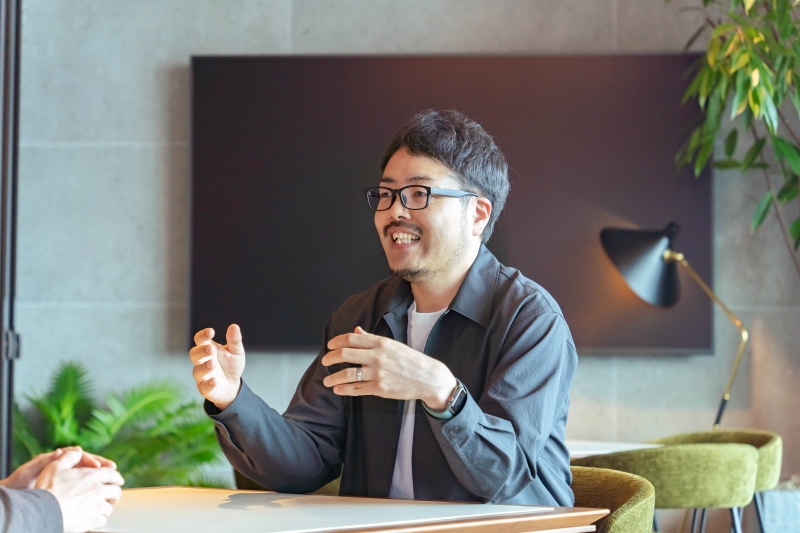
Continuing the Mission of Building Services That Sell
Q: It sounds like each member is like a mini-CEO.
Fuchigami: In a way, yes. Everyone brings some kind of specialty to the table. While you don’t have to act like a CEO, many of us do approach projects with a strong sense of ownership—just like you see in startups.
Uechi: There’s a saying, “Mastering one skill leads to proficiency in many others.” It’s important to identify the right collaborators, consult with them, think through how to build something, and get your hands dirty.
The ability to visualize the project in your mind is key.
Q: Finally, what are your goals going forward?
Fuchigami: I want to keep challenging myself, especially in areas I haven’t explored before.
Product development is new territory for me, so it’s a great opportunity. I also want to help launch new services that can become revenue pillars for SHIFT, and build the kind of organization that can make that possible.
Uechi: Same here! [laughs] I want to continue working with talented people from various fields and focus on creating services that truly sell.
(Note: The information in this article reflects roles and affiliations at the time of the interview.)
この記事のタグ








